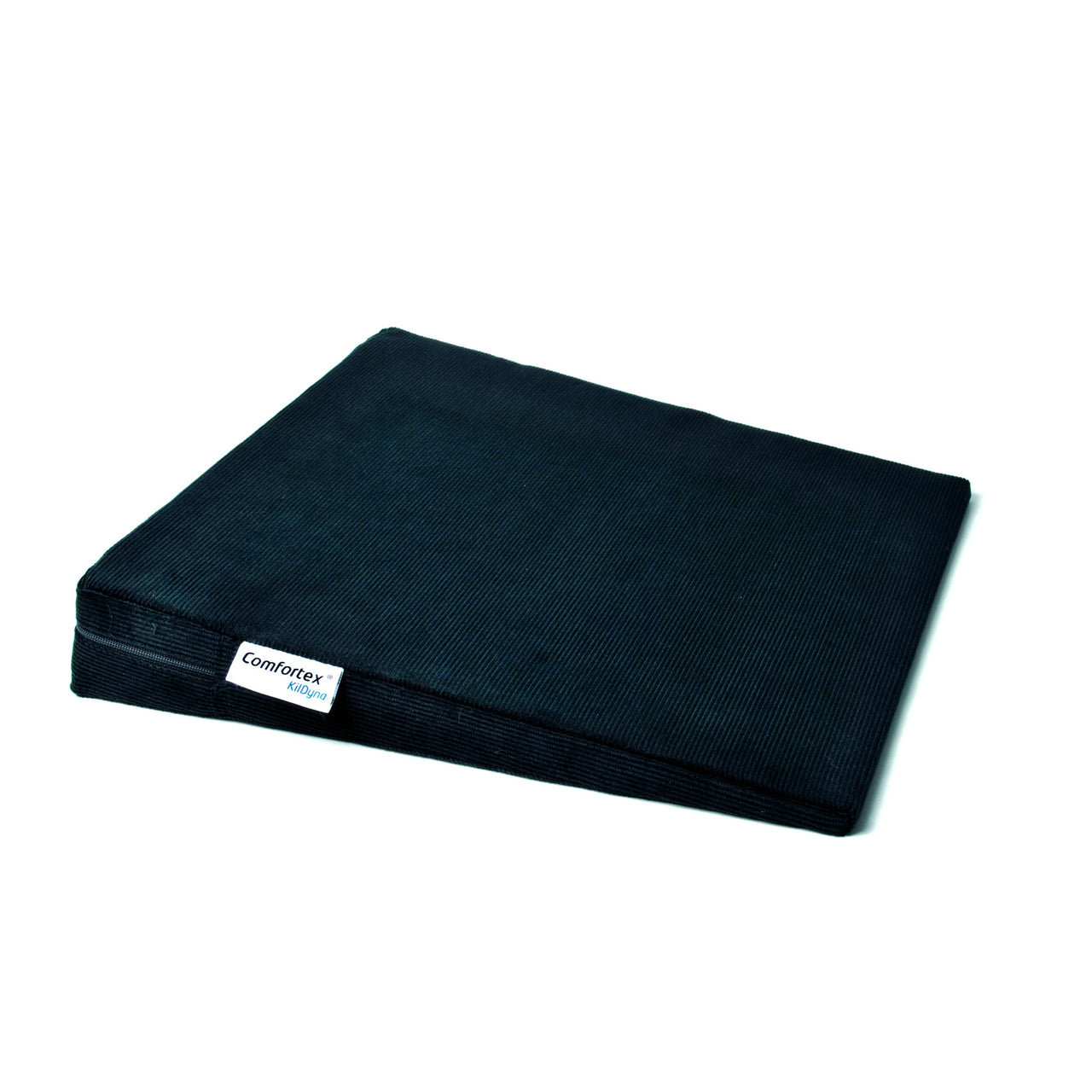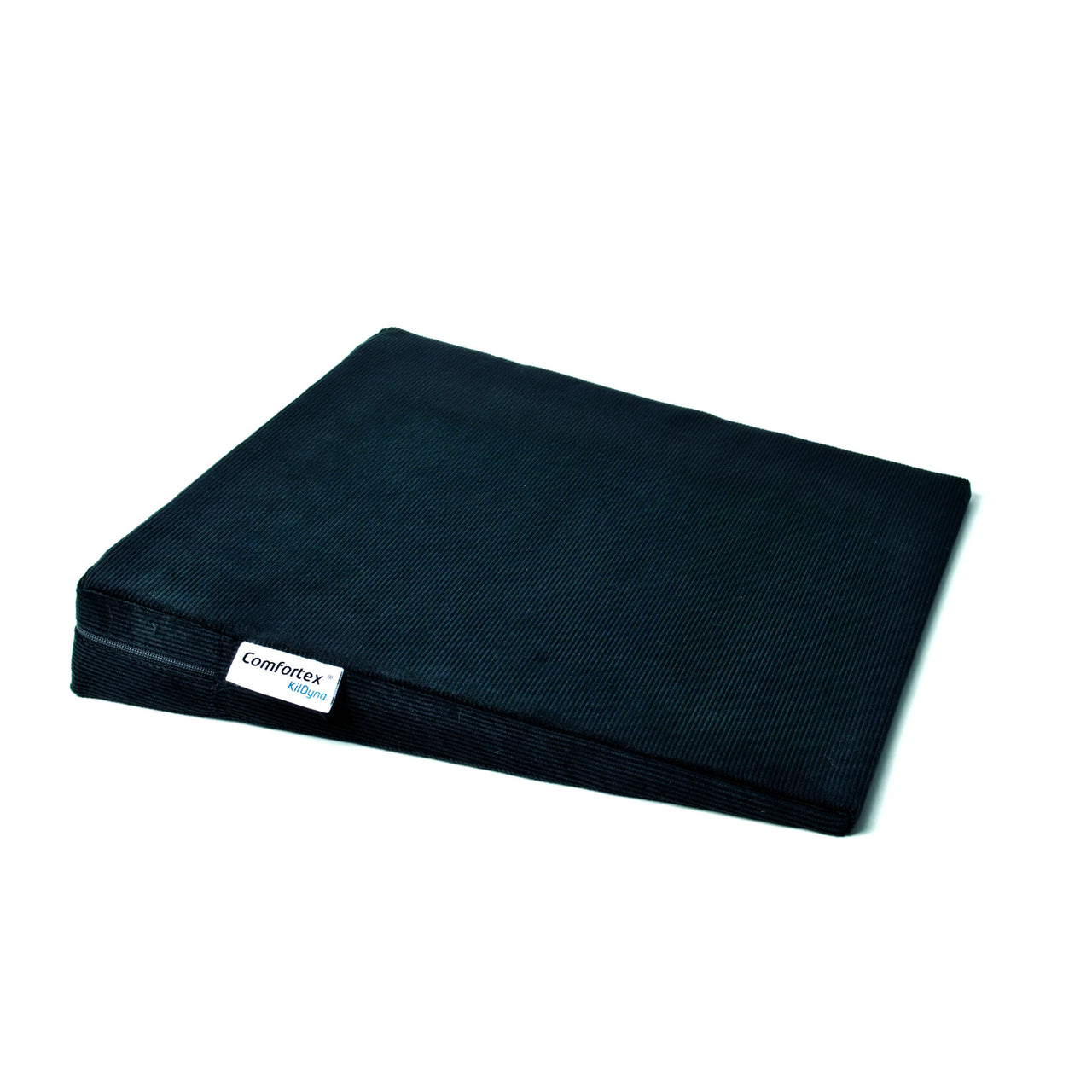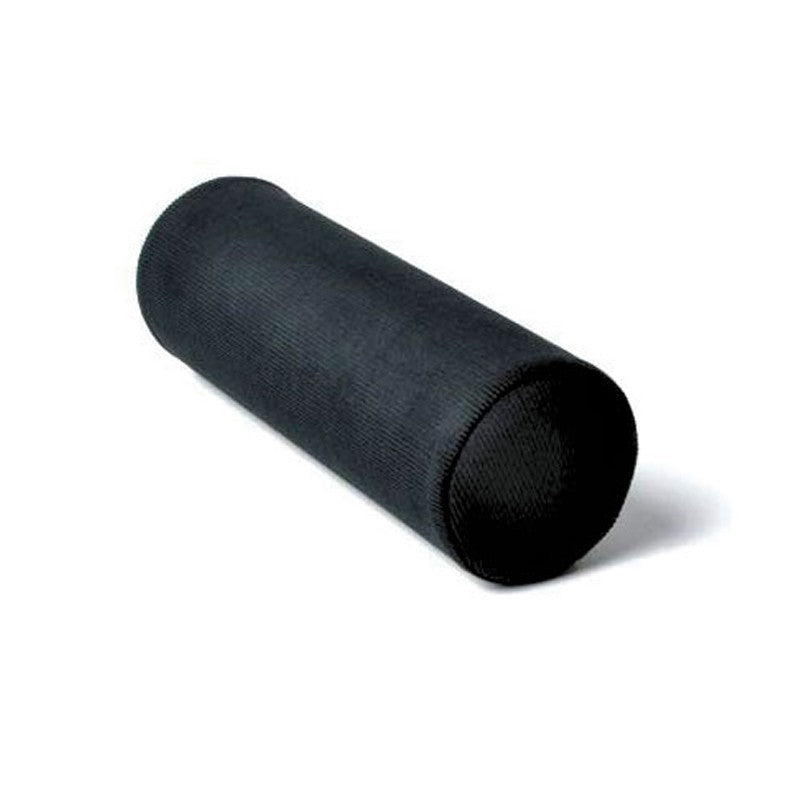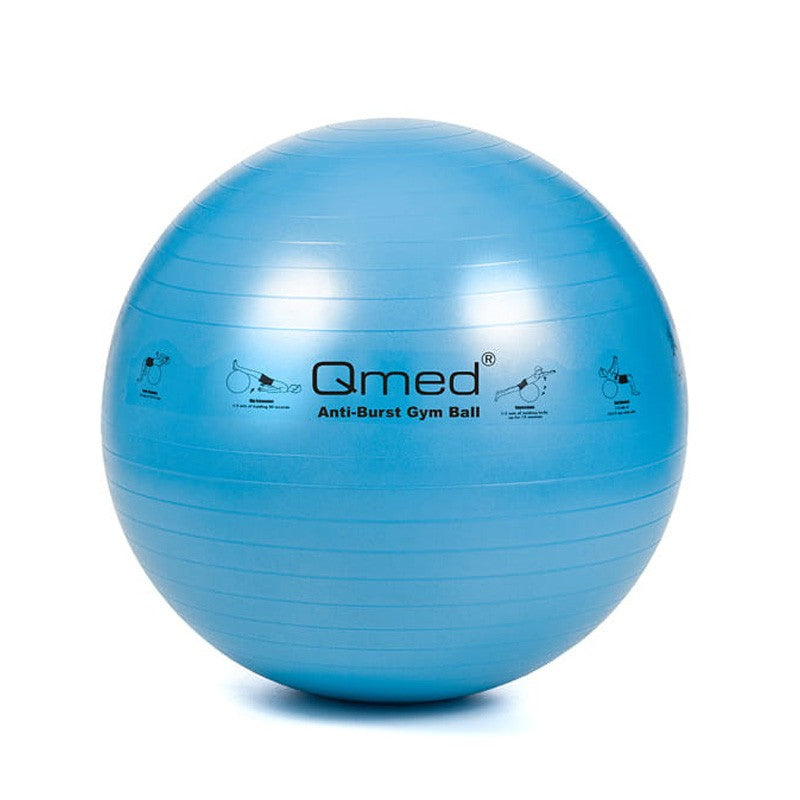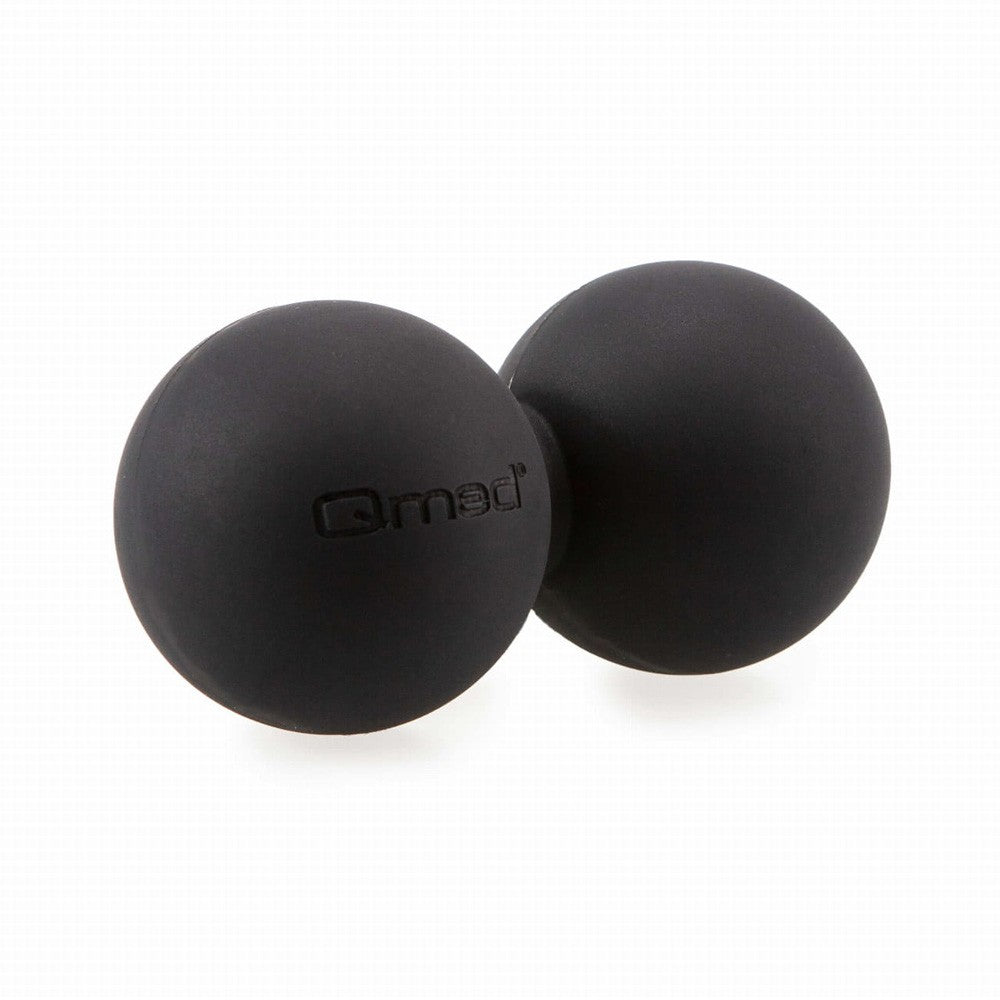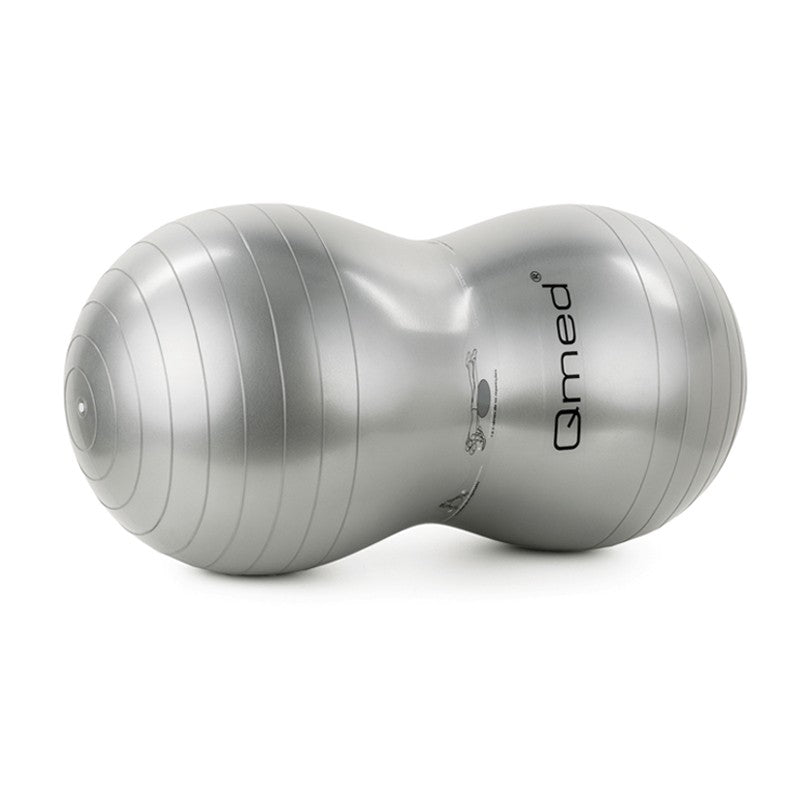Low back pain (lumbago) is a very common problem – around 70% of all people suffer from it at some point in their lives. The cause can be anything from overuse and muscle strains to disc damage or wear and tear. The problems are often temporary, but the right measures can relieve the discomfort more quickly and reduce the risk of recurring back pain.
What is low back pain?
Low back pain often occurs as a result of overload, muscle inflammation, ligament damage or impact on the stabilizing structures of the back. The pain is felt locally in the lower back and is often combined with stiffness. The stiffness causes the body to instinctively seek alternative movement patterns, which can lead to incorrect loading and further discomfort. Back pain affects office workers as often as construction workers – static sitting can be just as stressful as heavy physical work.
Common causes & risk factors
Lower back pain can be caused by back injuries, inflammation of muscles and tendon attachments, overuse or wear and tear. Risk factors include heavy lifting, working in awkward positions, being overweight, a sedentary lifestyle and poor posture. Prolonged computer work in incorrect work environments is another common cause.
Symptom
- Local pain in the lower back
- Stiffness in the back muscles
- Worsened pain with strain or static work
- In some cases, pain radiating to the buttock or leg
-
Impaired mobility and perceived instability
When should you seek medical attention?
Seek medical attention if the pain does not improve within a few weeks, if it worsens despite self-care, or if you experience radiating pain, numbness, or difficulty controlling your legs or bladder.
Recommended protection & support
To relieve pain and facilitate rehabilitation, a back support can be used.
- Stabilizing backrest with built-in rails for extra support and pain relief
- Relief backrest that can be worn under clothes in everyday life
- Ergonomic aids such as a lumbar cushion or adjustable chair for better working posture
- Supplement with individually tailored training and regular exercise for long-term results


